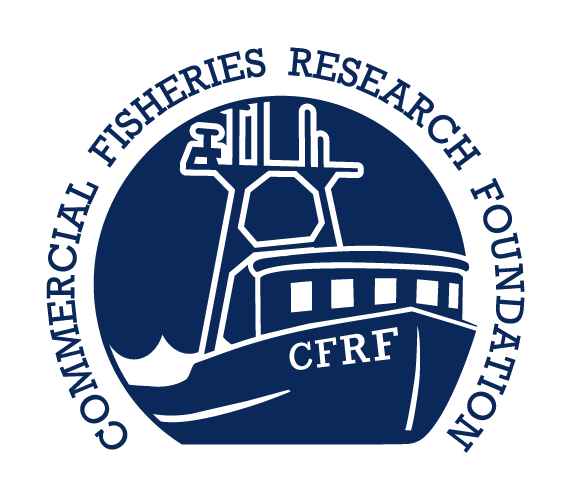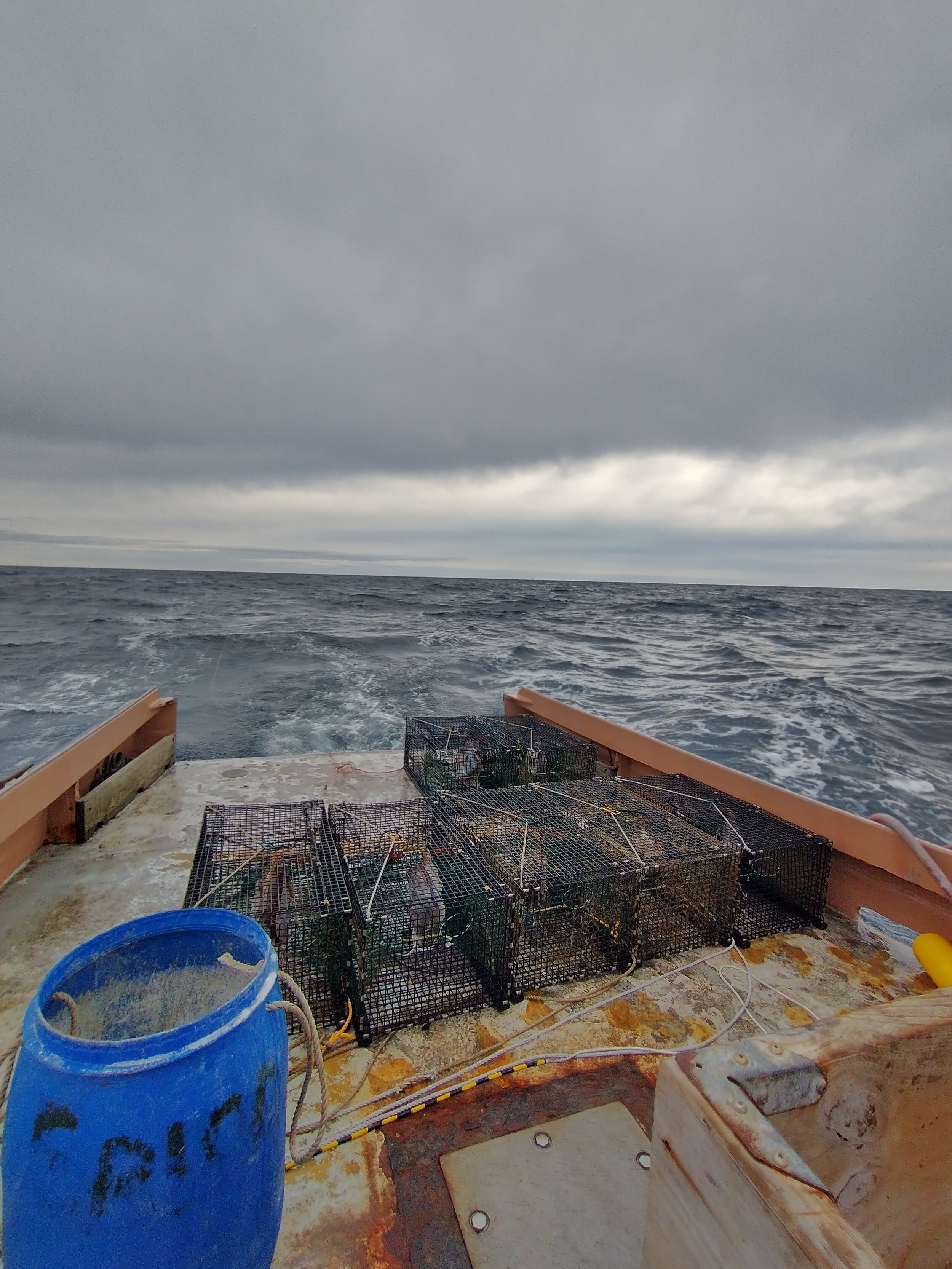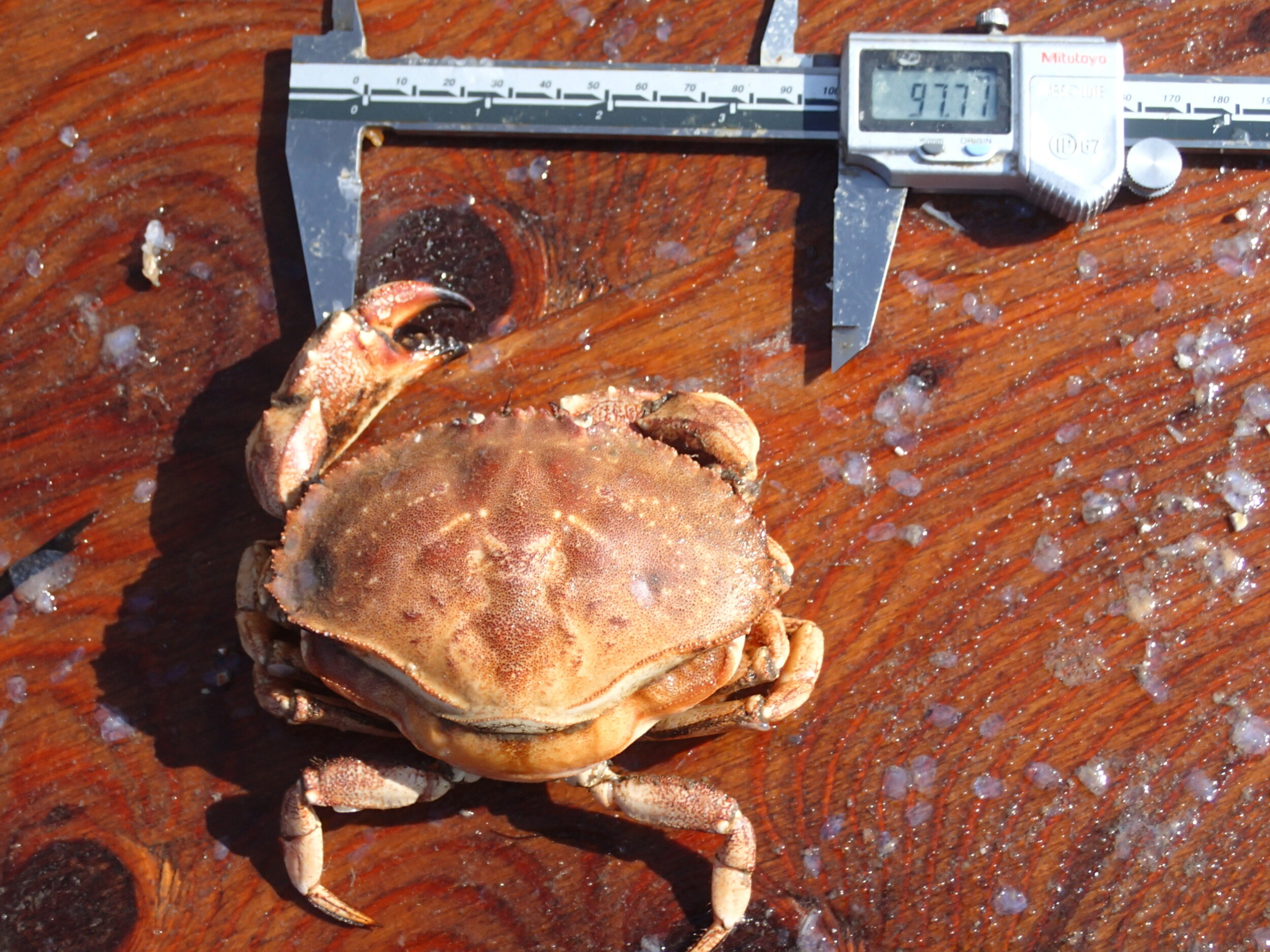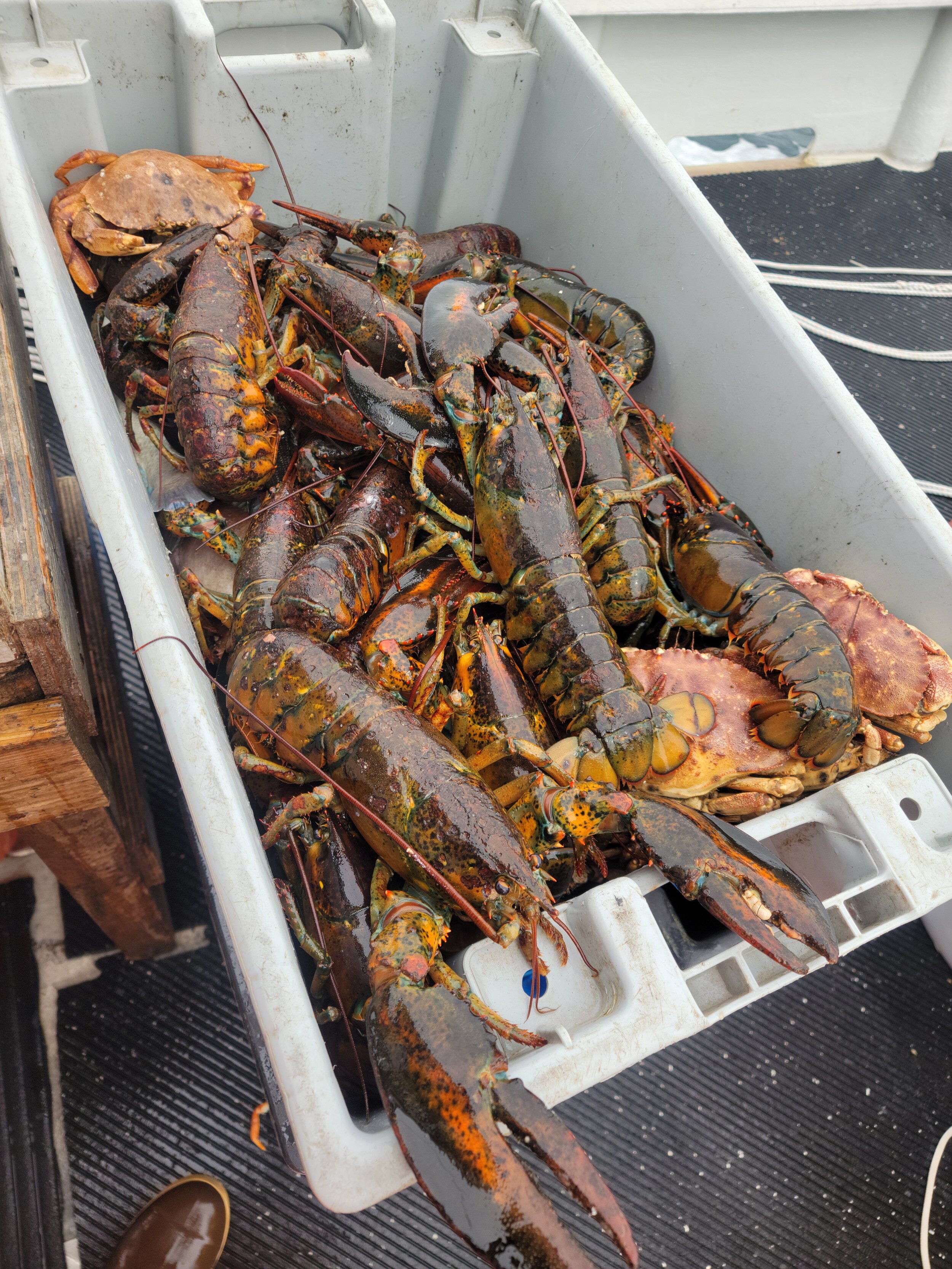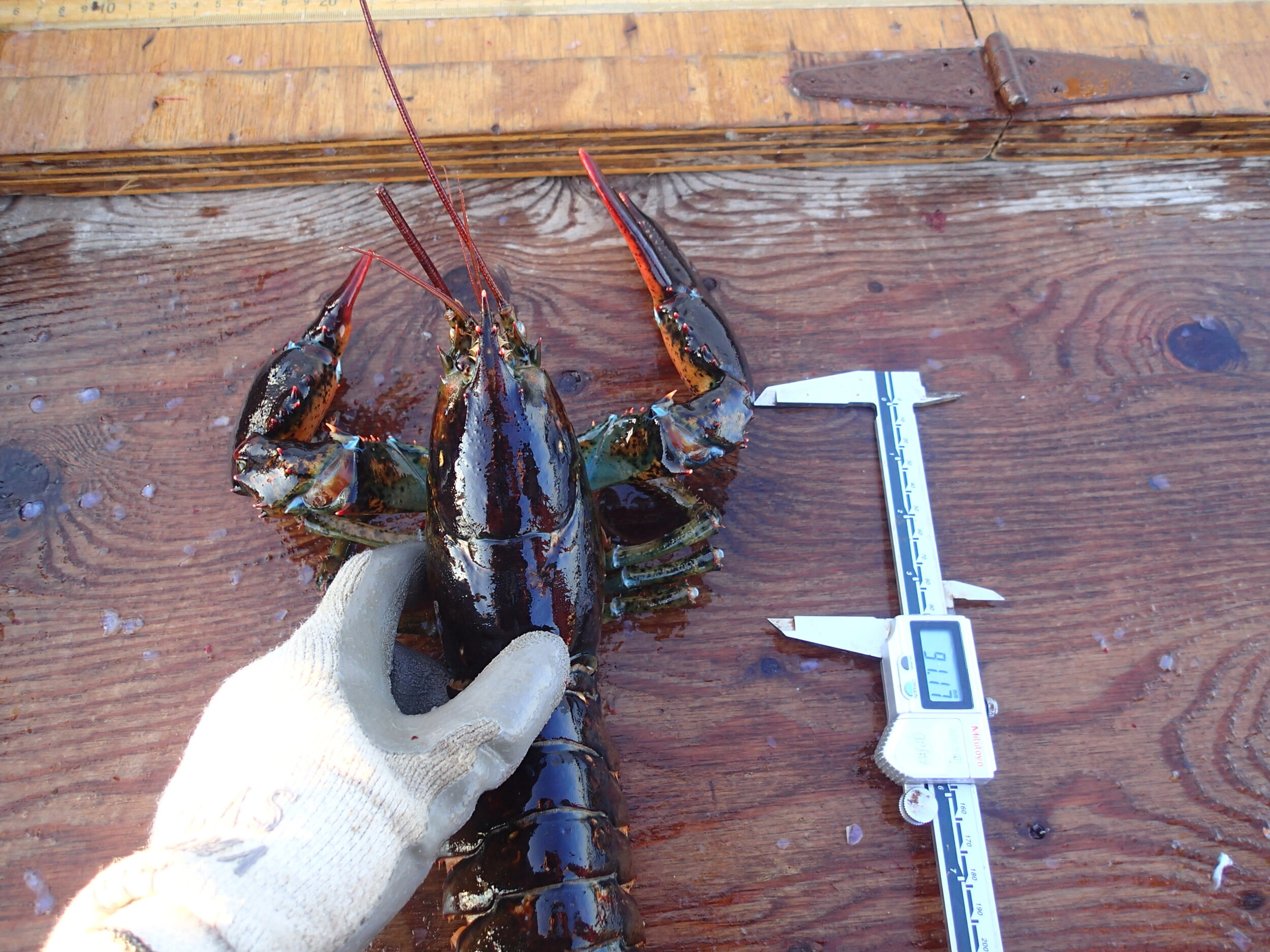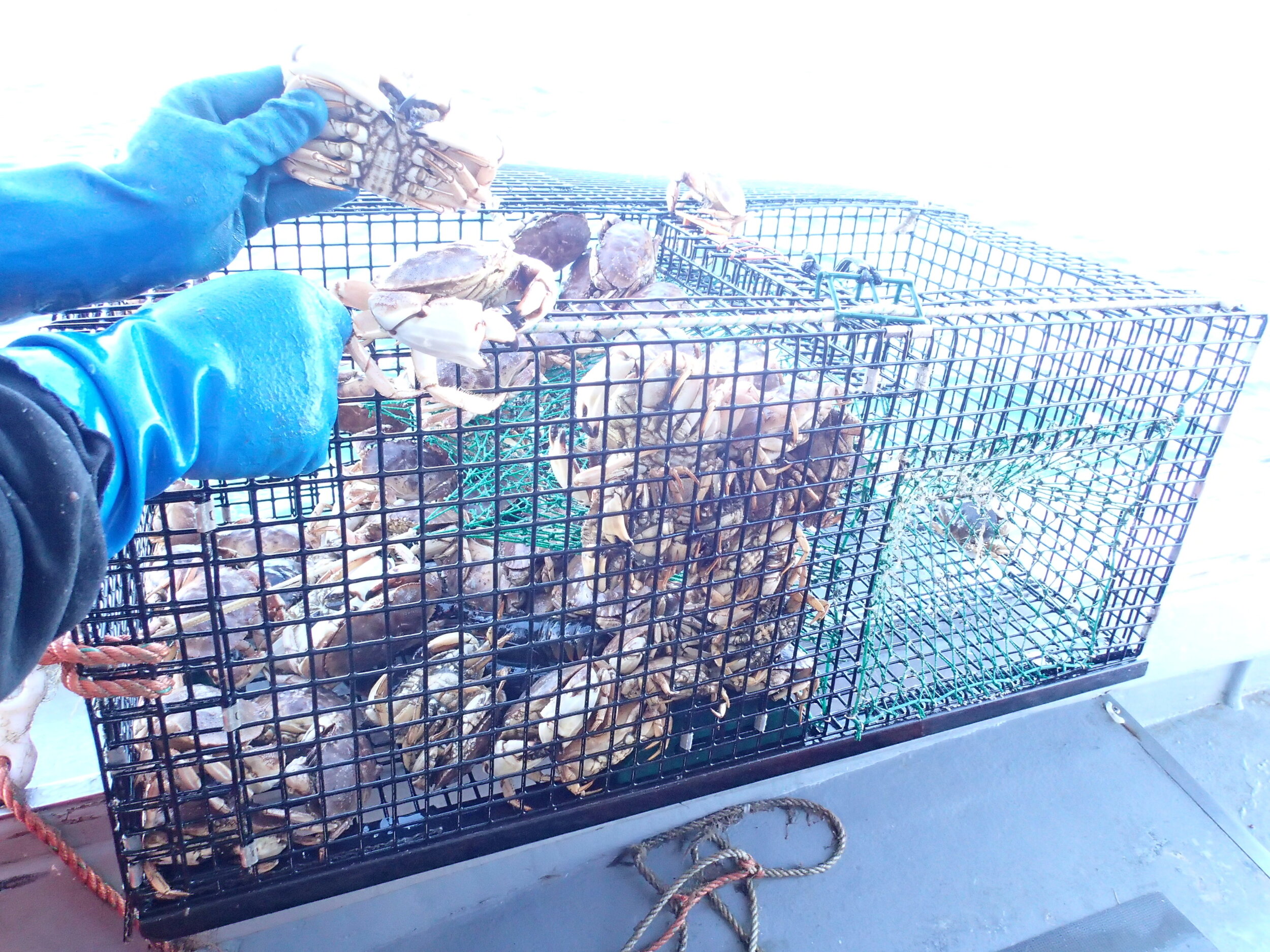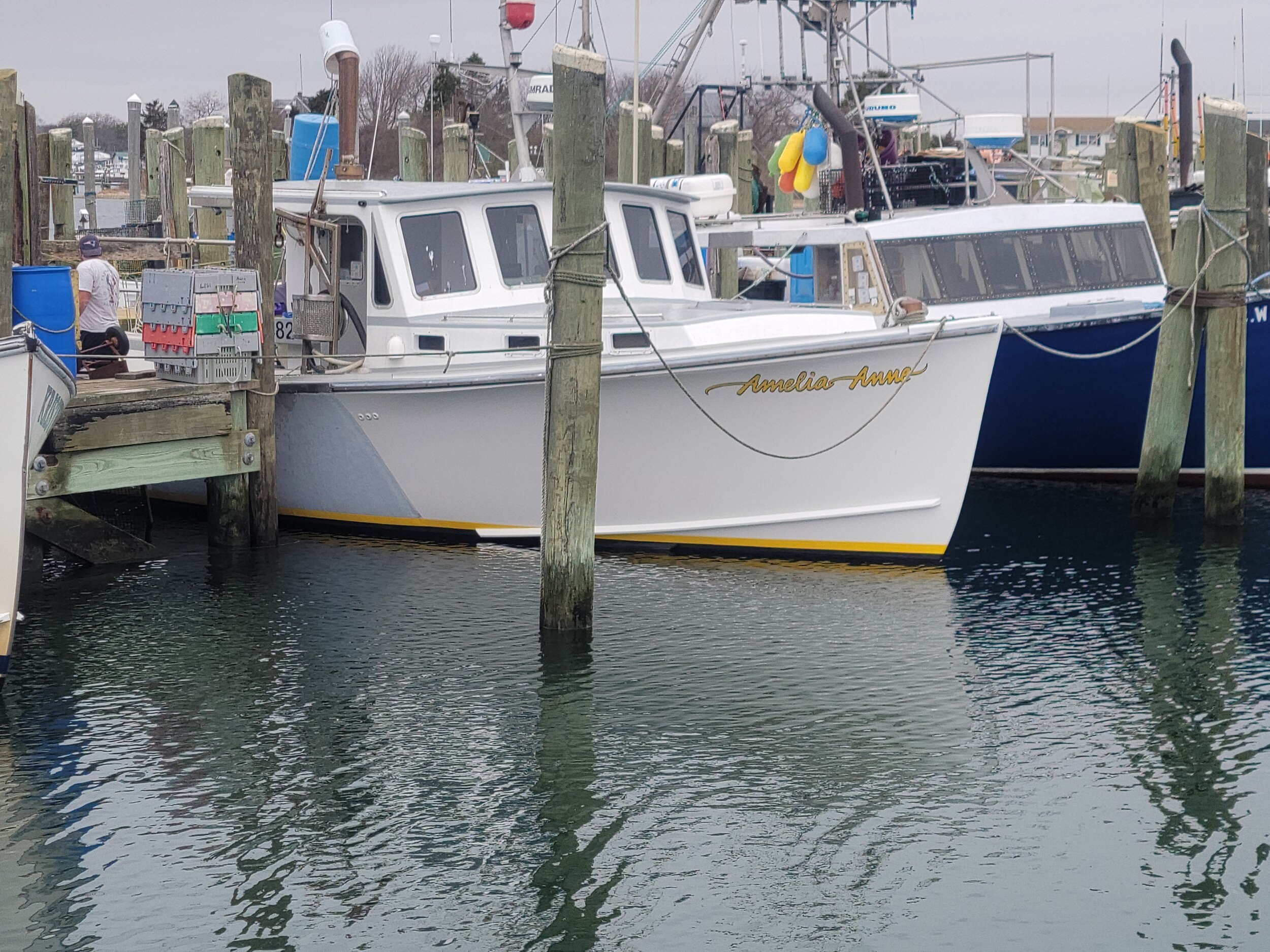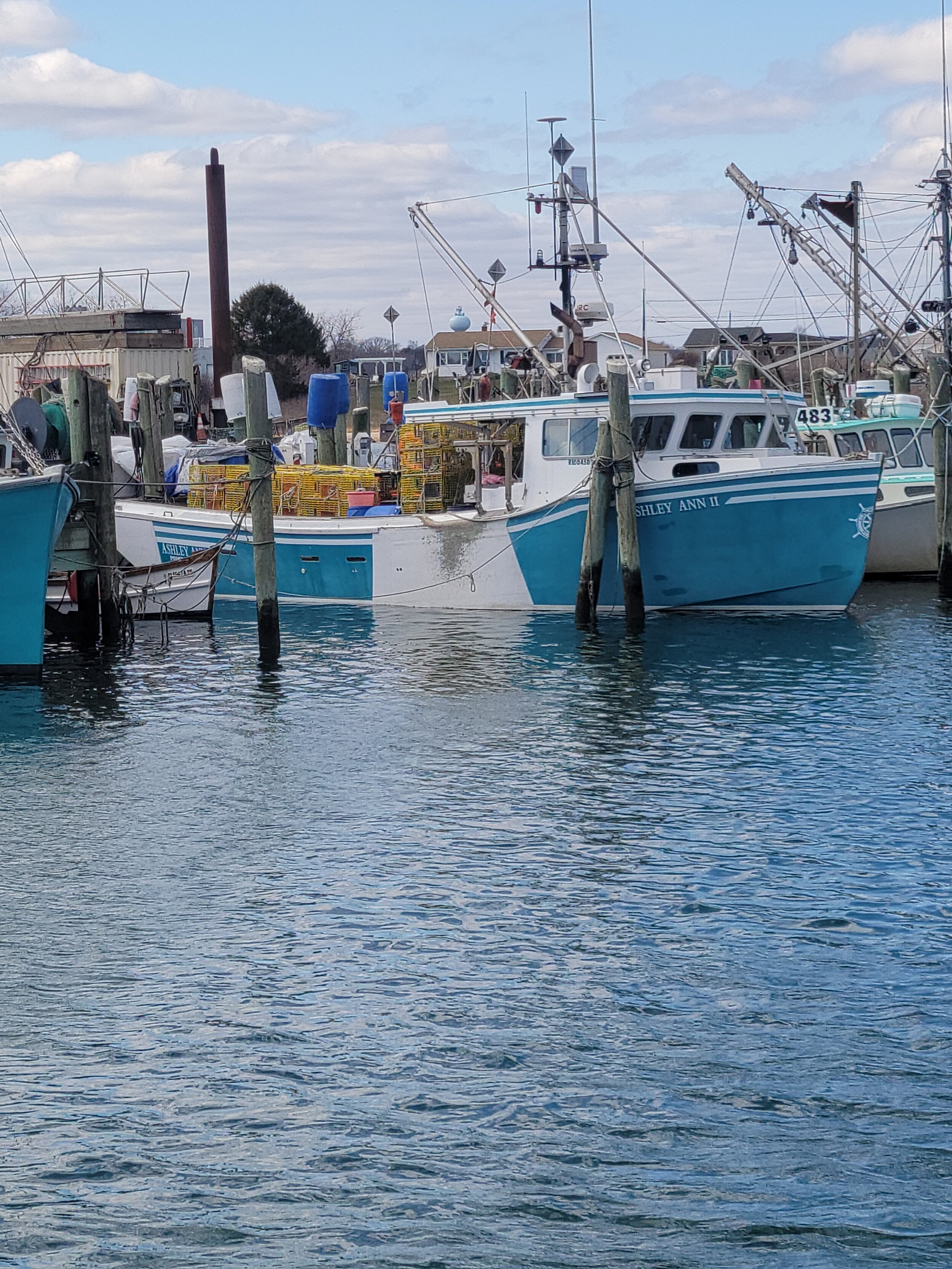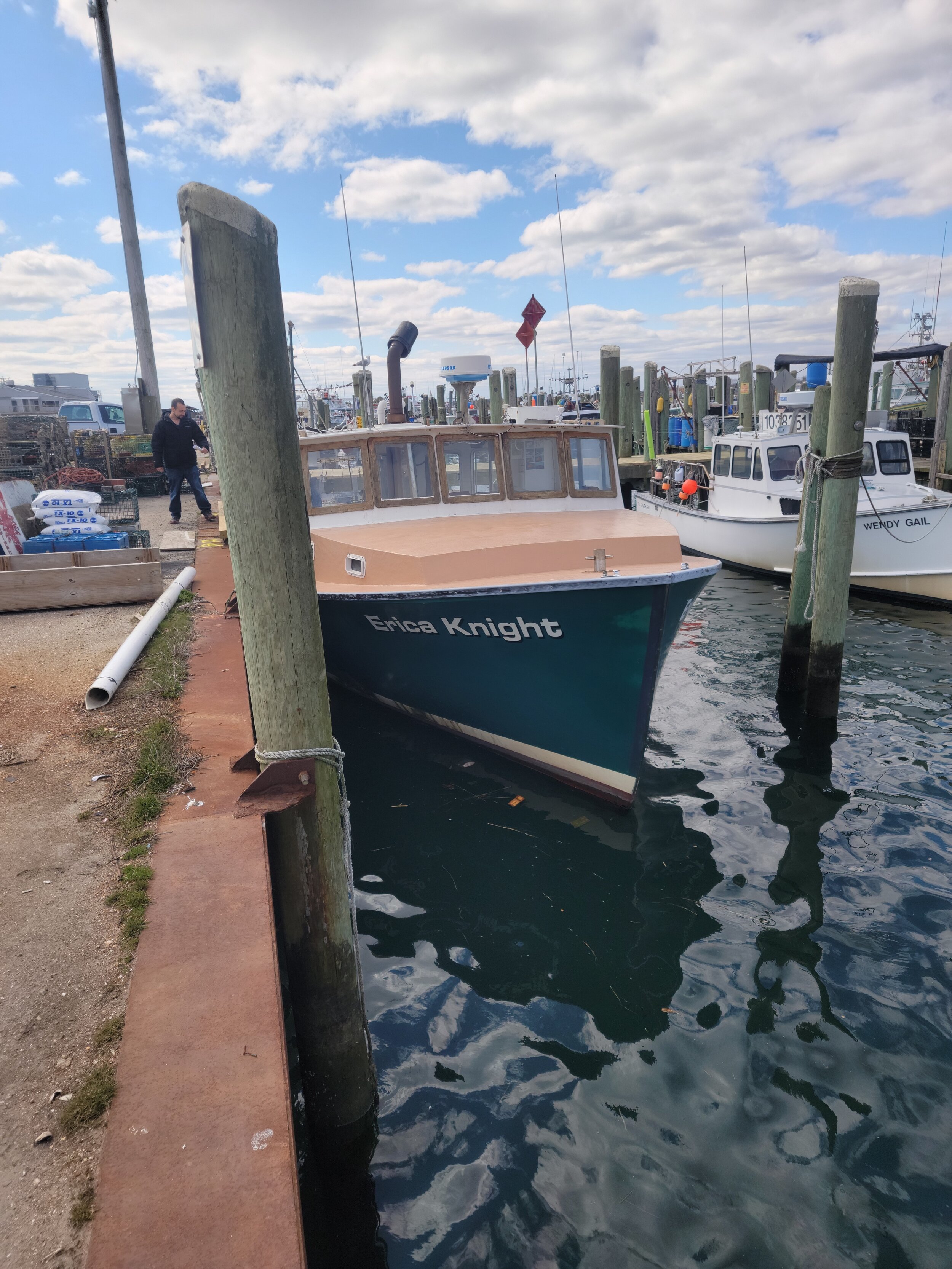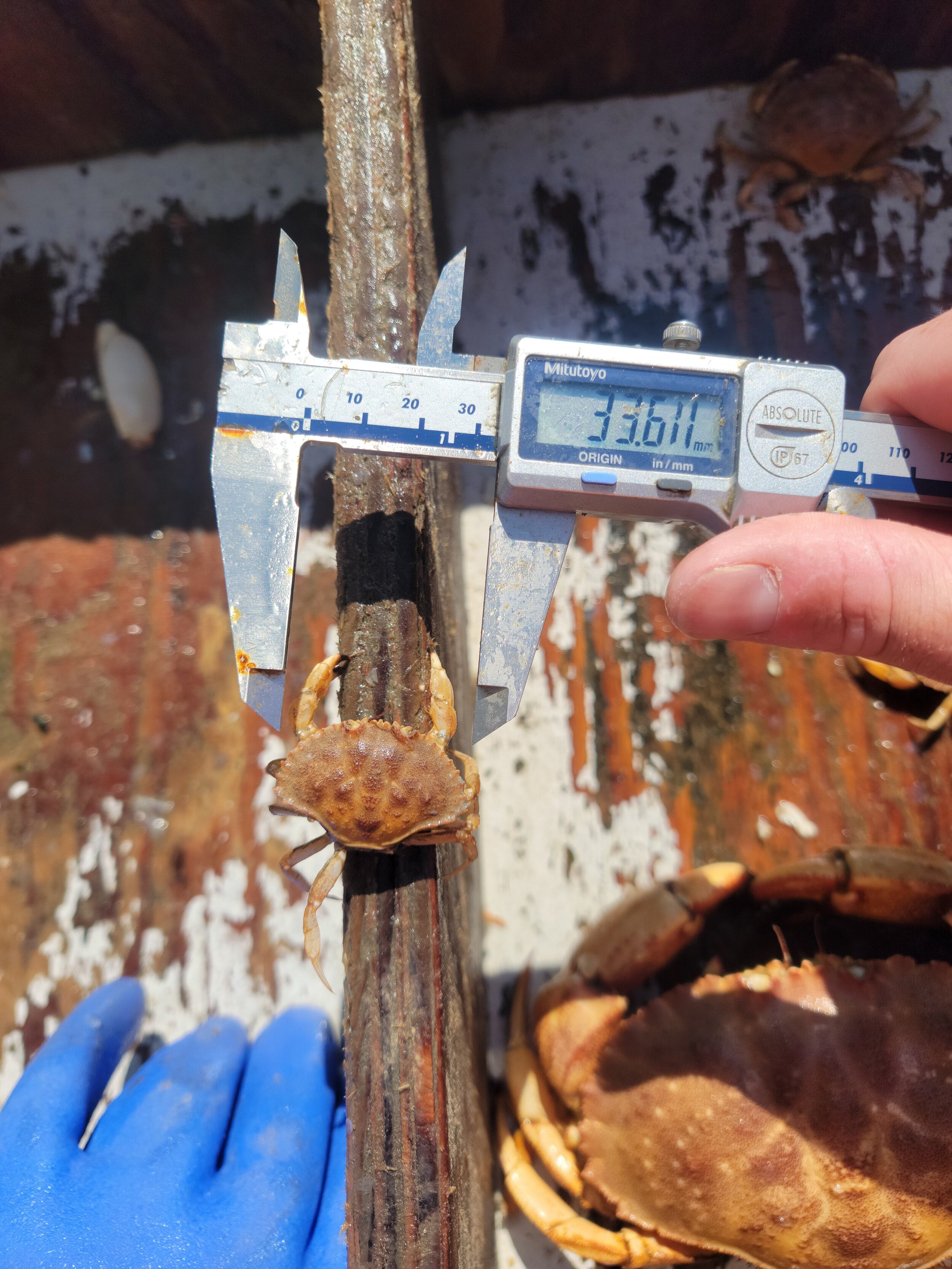SFWF Ventless Trap Survey
Purpose of work:
This survey is designed to assess the seasonal abundance, distribution, movement, and habitat use of lobster and Jonah crab in the South Fork Wind area and two reference control areas to the east and west of Cox Ledge for two years prior to, one year during, and three years after the construction of the South Fork Wind Farm (SFWF). Sampling is conducted twice per month from May - November of each survey year at 30 survey stations, with trawls consisting of 10 traps (6 ventless traps and 4 standard traps). Biological data is collected for lobsters, Jonah crabs, and bycatch species.
Project Team:
Commercial Fisheries Research Foundation
Michael Long - Project Lead
Luca McGinnis
N. David Bethoney
Collaborators
Jeremy Collie, PhD, Graduate School of Oceanography, URI
Gregory Lisi, Owner/Operator, F/V Amelia Anne
Mark Sweitzer, Owner/Operator, F/V Erica Knight
Brian Thibeault, Owner/Operator, F/V Ashley Ann II
Participant Vessels:
F/V Amelia Anne, Point Judith, RI
F/V Ashley Ann II, Point Judith, RI
F/V Erica Knight, Point Judith, RI
Data Recorded:
Ventless Trap Survey Overview:
10 stations in each survey area sampled twice per month, with a target soak time of 5 days
All individuals are speciated and enumerated within each trap. Additional biological data (size, sex, shell disease, shell hardness, cull status, egg status, etc.) are recorded for individual lobster and Jonah crab.
Date, time, location, depth, bottom water temperature, and sea state are recorded at each sampling station
Habitat video surveys are conducted once per month to determine the bottom type at each sampling statio
Data Updates:
Construction Phase:
Year 3: Read the Year 3 report here.
Post Construction Phase:
Year 4: Read the Year 4 Report here
PRECONSTRUCTION PHASE:
Year 1: Read the Year 1 report here.
View the Year 1 summary poster here.
Year 2: Read the Year 2 report here
